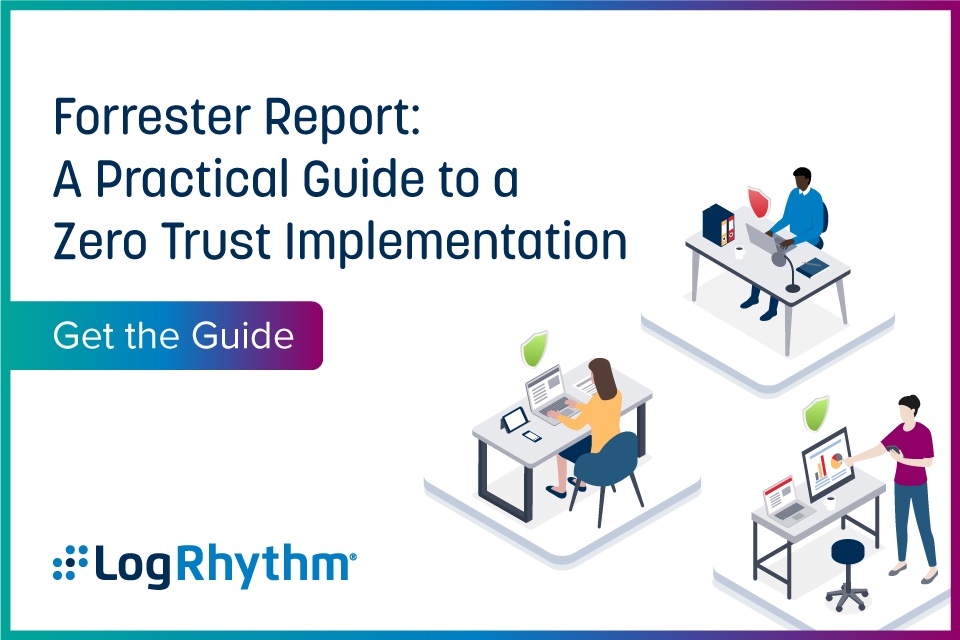Zero Trust: The practical way to look at cybersecurity
https://cybersecureforum.co.uk/wp-content/uploads/2021/02/LogRhythm-Feb-25th.jpg 960 640 Guest Post Guest Post https://secure.gravatar.com/avatar/cb2a67f15cd7d053d8e638a1df3fd67f?s=96&d=mm&r=gBy LogRhythm
Zero Trust is quickly becoming the security model of choice for enterprises and governments alike. The need to protect, defend and respond to threats is more apparent than ever as we continue to work from remote locations.
Where to start
Zero Trust is more than implementing a new software, it is a change in architecture and in corporate culture. The pandemic has increased interest in this working practice, with a recent survey finding 40 per cent of organisations around the world working on Zero Trust projects.
The first aspect of any project is identifying key data and where it sits in your organisation, and then documenting who needs access to it. This will allow you to begin dividing up your network keeping users and their data in appropriate areas.
The main challenges
The key principle to a Zero Trust model is rock-solid identity management. All users, devices and applications must all be correctly identified to ensure everyone is granted the right level of access.
The data identification process described above is one of the main challenges, understanding where your data is stored and who should have access to it can be tricky with legacy applications and weak identity management.
Then there is the question of culture, will employees be resistant to the change? Managing the amount of friction caused by the process is key to success.
The benefits
Some sort of security compromise is inevitable, Zero Trust mitigates the damage by restricting the intruder to one small part of your network.
It will allow simpler provisioning and deprovisioning of staff as they join or leave, with corresponding cost benefits as IT teams spend less time onboarding and offboarding staff.
It can provide a solution to the registration of trusted devices onto your network and cut spending on managing active directory.
Moving the ‘perimeter’ to the user and their device provides a way to extend the security we take for granted in the office to staff, wherever they might be working.
Learn more about a Zero Trust implementation in the latest Forrester Report.



